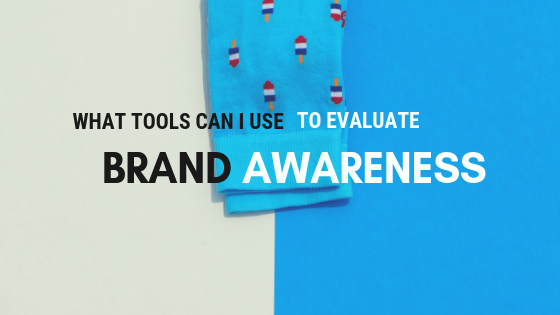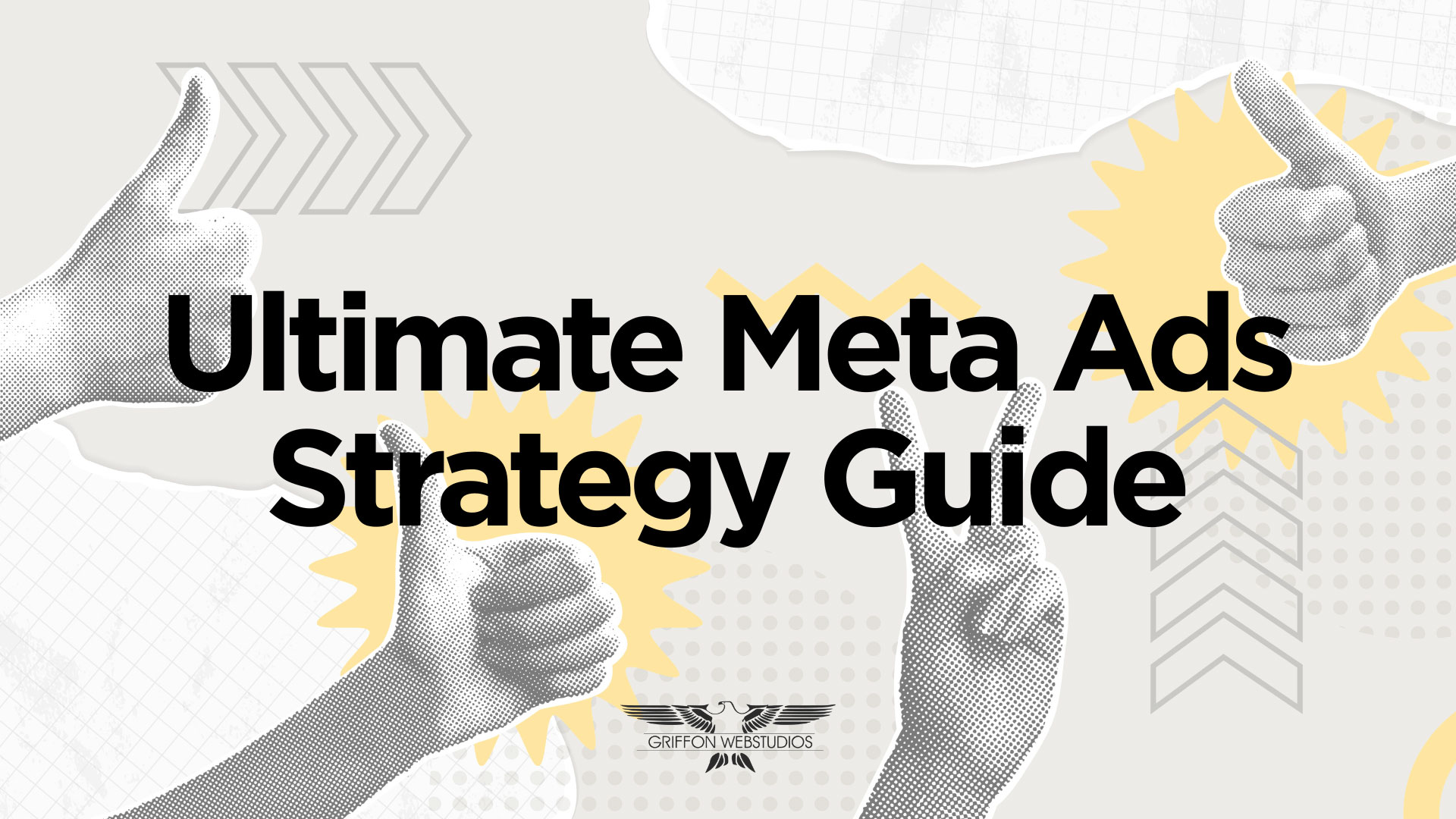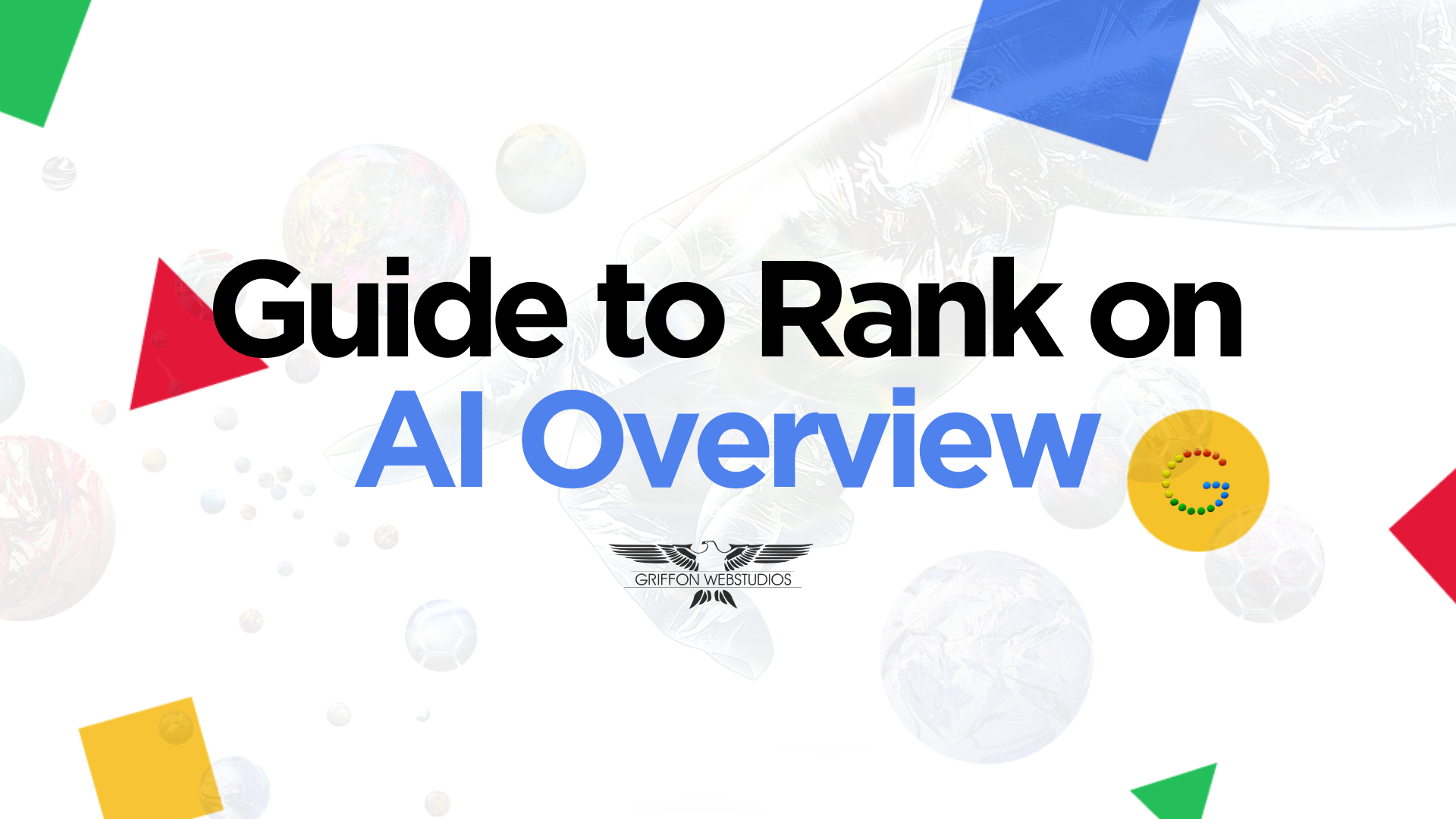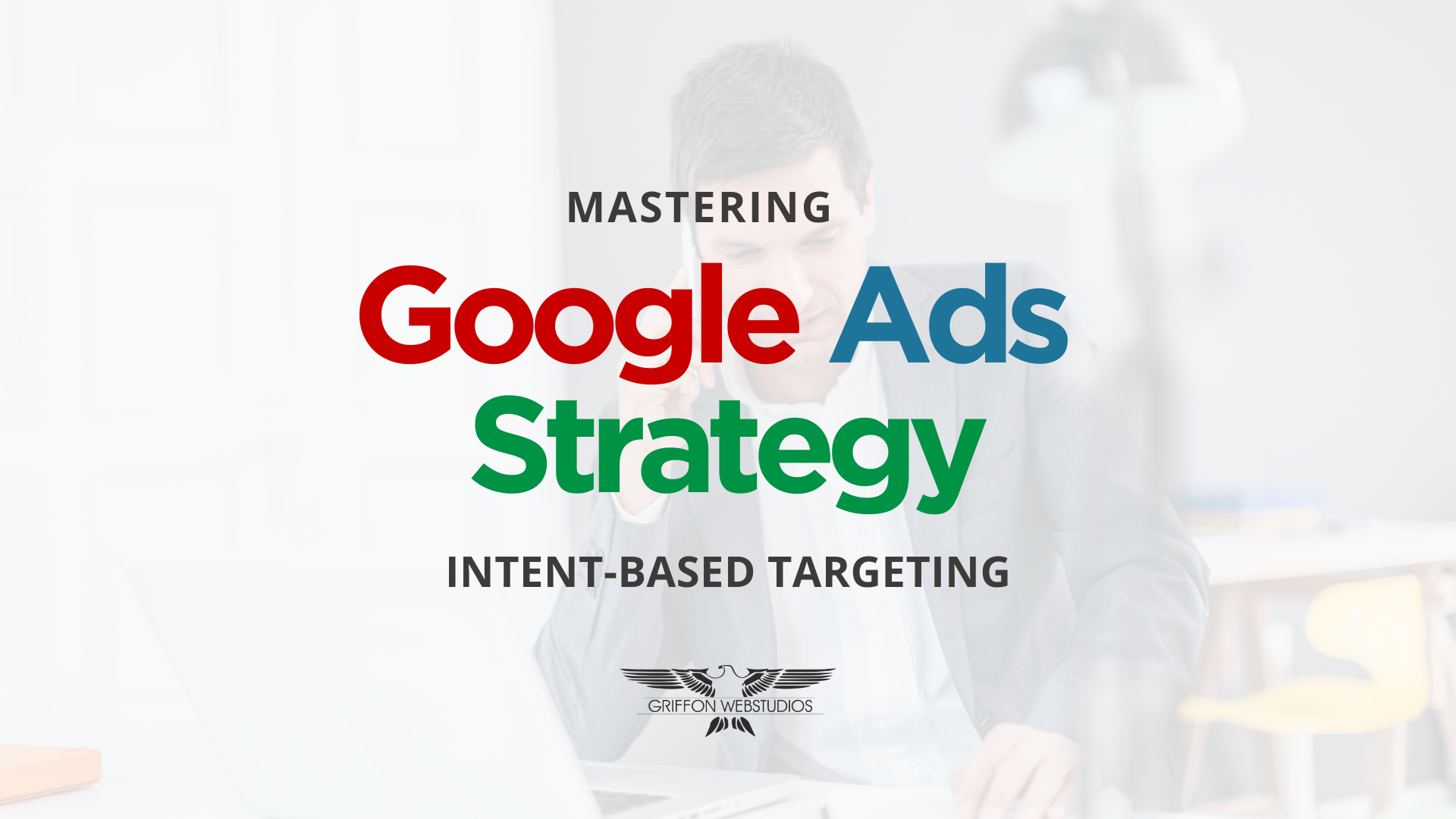Most business owners who are goal-oriented know how to track their sales and conversion rates, but how can you track and evaluate your marketing strategies on brand awareness?
Before the digital age, it just didn’t happen. We had no idea how many people saw an advertisement on a billboard or paid attention to a radio or television advertisement and knew what a brand was all about unless perhaps some surveys or questionnaires were taken.
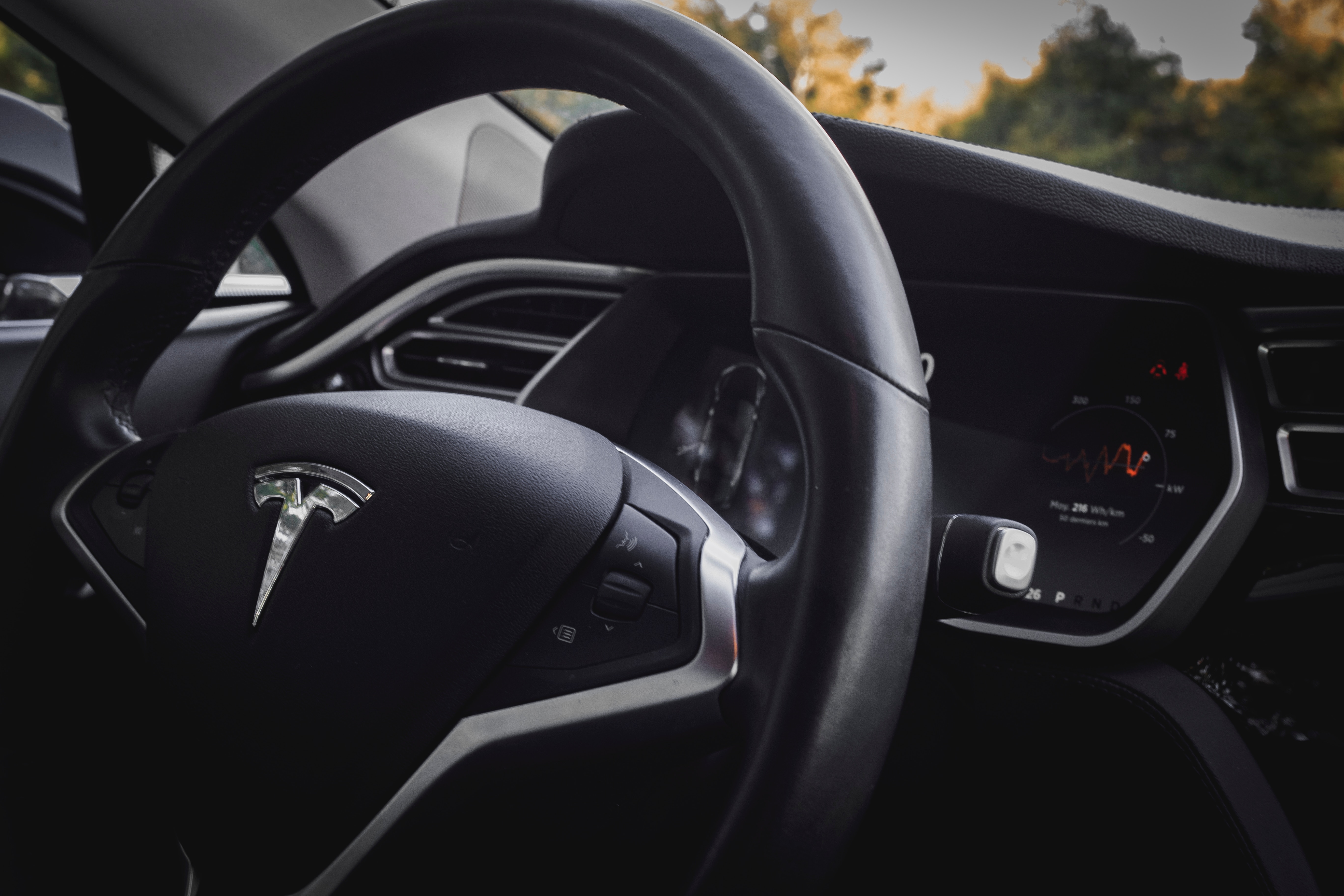
But in the digital age, we have a much greater awareness of what people are seeing and how they are reacting to it. Just because a digital marketer has the same goal for every business they market, a business does not have to have the same goal as another business.
Some businesses are hoping to reach a different set of customers whilst others may want to target their target audiences only. How can we evaluate if our marketing techniques are effective in brand awareness?
1. Investigate your Social Media Followers
Calculating the number of people who follow your brand across the social media channels available, such as Facebook, Instagram, Twitter, Linkedin, Reddit Google+ etc., is a great way of evaluating who is aware of your brand. Needless to say, those with greater social media following tend to have a more successful business.

It is also important to track the involvement of these followers, so you can put more time and effort into the channels that are more active than the ones where not too many people show an interest or engage with.
As you follow these engagements, you can assess progress within your brand to see what marketing strategies work to garner more interest and build bigger followers.
2. Look at Website Traffic
Using Google Analytics or a marketing automation platform such as this one, to directly track the number of people who typed your URL into their address bar, clicked a link in an email or offline document or used a browser bookmark gives you over time, incredible depth into how your brand awareness is increasing or decreasing.
Measuring your website traffic over time when you look in the right places will certainly offer you insights into how people are aware of your brand.
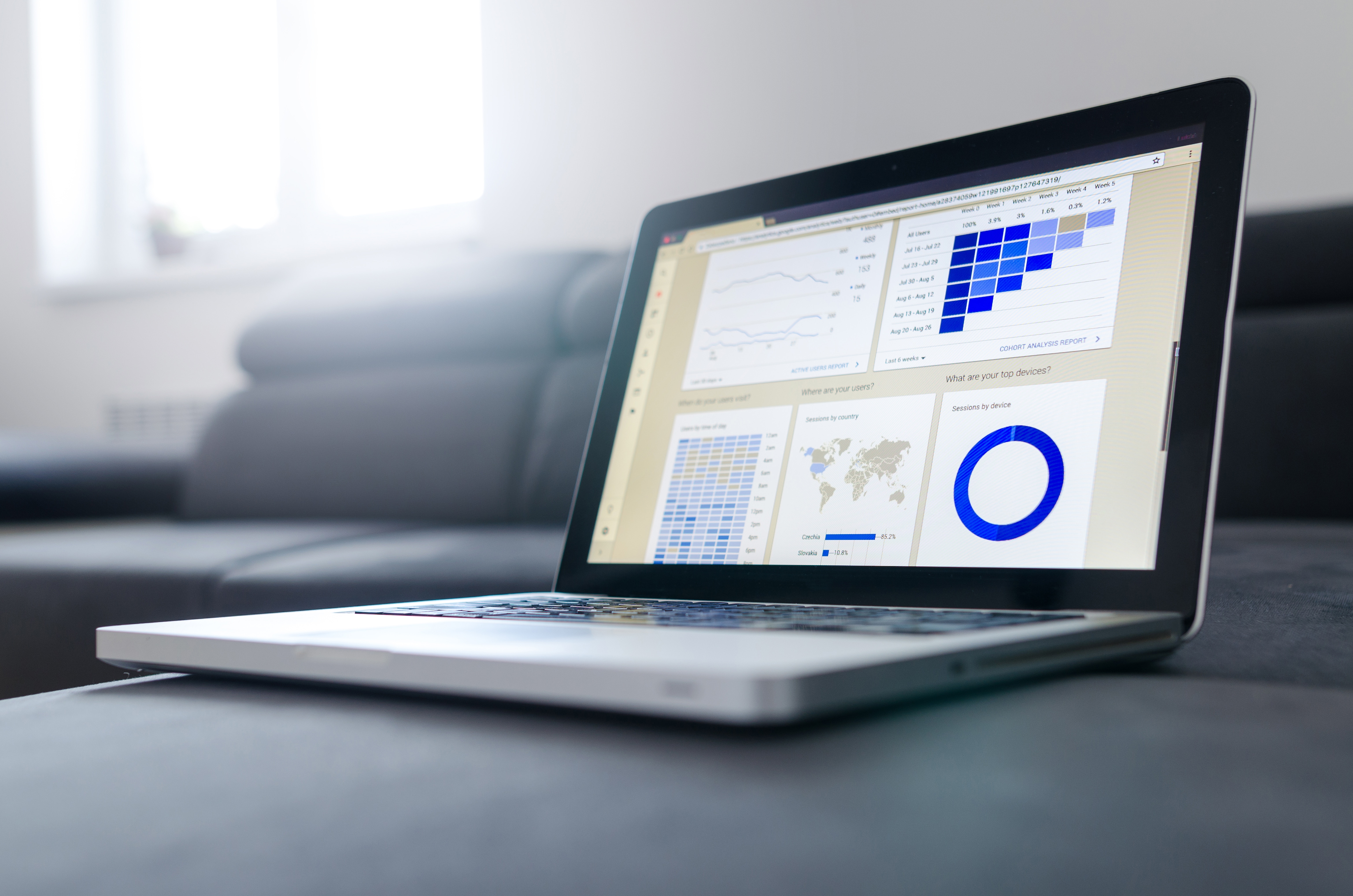
Of course, measuring keywords has become more and more difficult with the introduction of private searching, so you will not entirely be able to evaluate who searched for your brand because they knew of it before or whether they happened upon it by chance.
Of course, not every brand is dependent on their website for sales, advertising may come from another point of call and the website is purely additional information for those interested
3. Surveys
You can conduct a survey either through email, telephone, website, social media or at the end of an order form. This will give you an opportunity to either ask existing customers how they heard about you or you can reach out to a randomly selected group of people to ask whether they have heard about your brand or not.
 The latter approach is more useful if your brand already has the following of a decent percentage of a group of people, perhaps in your local town or community.
The latter approach is more useful if your brand already has the following of a decent percentage of a group of people, perhaps in your local town or community.
If a local business asked globally if their brand was known, the statistics would not come back in their favor.
When conducting a survey, you need to be aware of response bias, where people may not give accurate answers based on how they were asked. A way around this might be to be a fly on the wall. Again, social media is great for ‘listening in’ on organic conversations about your brand.
4. Don’t forget to benchmark your findings
It is all well and good to get more involved on social media, get your customers involved and use a few analytical tools to see how many people are viewing your website, but if you don’t benchmark these findings, that is to say, you do not have a baseline from where you have begun, you will not be able to document any natural peaks and troughs, or any irregularities. You can use this information to change how you chose to advertise.
89% of B2B marketers say brand awareness is the most important goal, followed by sales and lead generation.
We will continue the article by explaining some of the metrics that you can apply to assist with measuring brand awareness. Although the use of digital marketing has made it easier for us to gather information about our customers and leads, understanding and using all the tools available out there can be mind-boggling. Here are a few you should know about that you can use to evaluate brand awareness.
5. Reach
Reach is defined by the potential number of people who will view something about your brand online and will go and view your brand’s content.
This is the reason that influencers are given free products in return for writing a blog post or making a video about it. The number of followers an author has is the ‘reach’ that the author has for your brand when they mention it.
6. PPC analytics
This is probably the easiest tool you can use to gauge online brand awareness. PPC analytics can help you to calculate the conversion rate by providing you with the number of people that clicked your ads.
 By using this information, you can also understand how many people you are converting through your paid advertisements.
By using this information, you can also understand how many people you are converting through your paid advertisements.
This online tool is available on any individual platform that you are spending money advertising on, such as with Facebook Ads or Google Adwords.
Using brand awareness effectively results in an effective marketing strategy for your business. When you are able to understand how your customers are reached and how they respond once they have been made aware of your brand, you are able to design marketing tools effective to bring leads into sales.
Generally, the more consumers that are able to remember your brand, the more successful your brand is going to be. With social media being such an effective marketing tool, we are now able to use a huge amount of information that is obtained to our benefit and reach more people than ever before.

